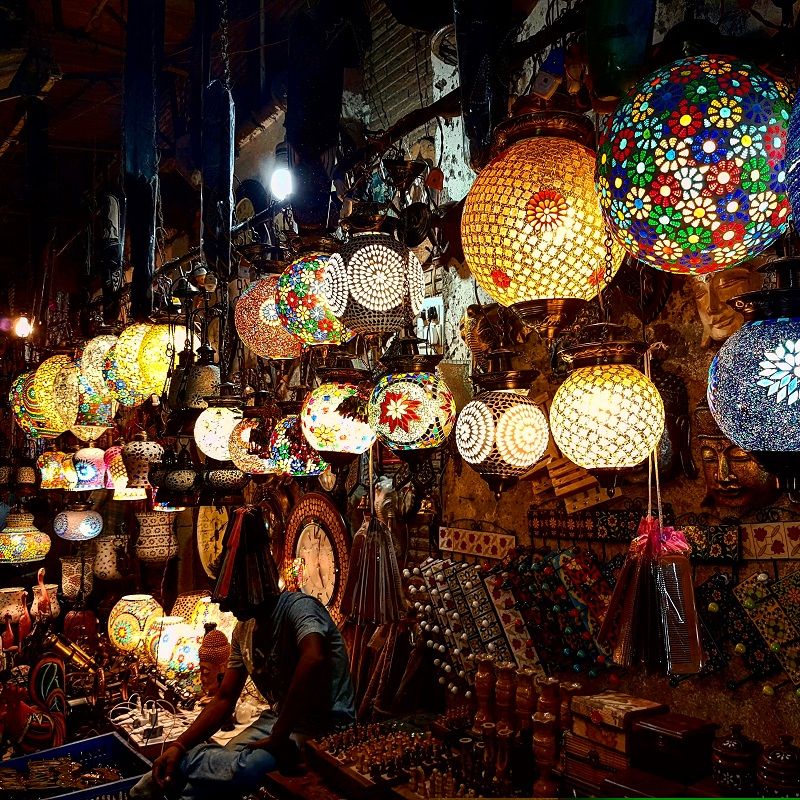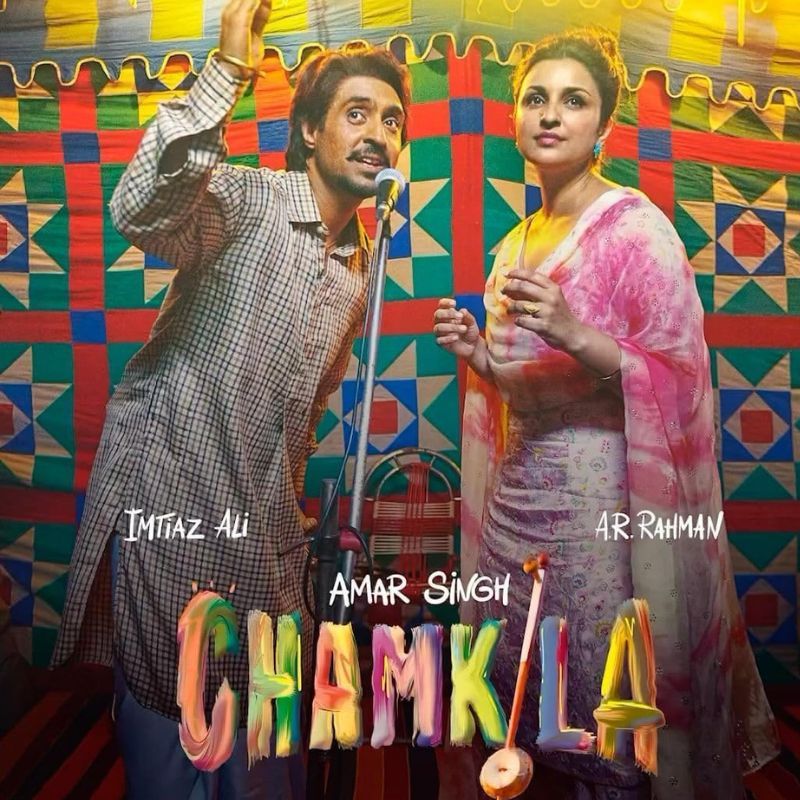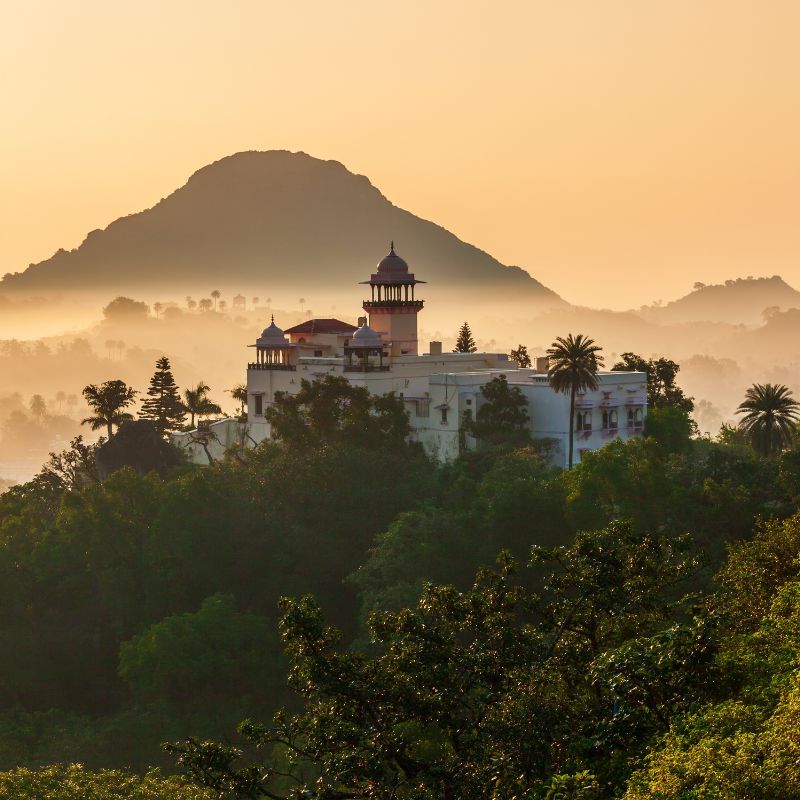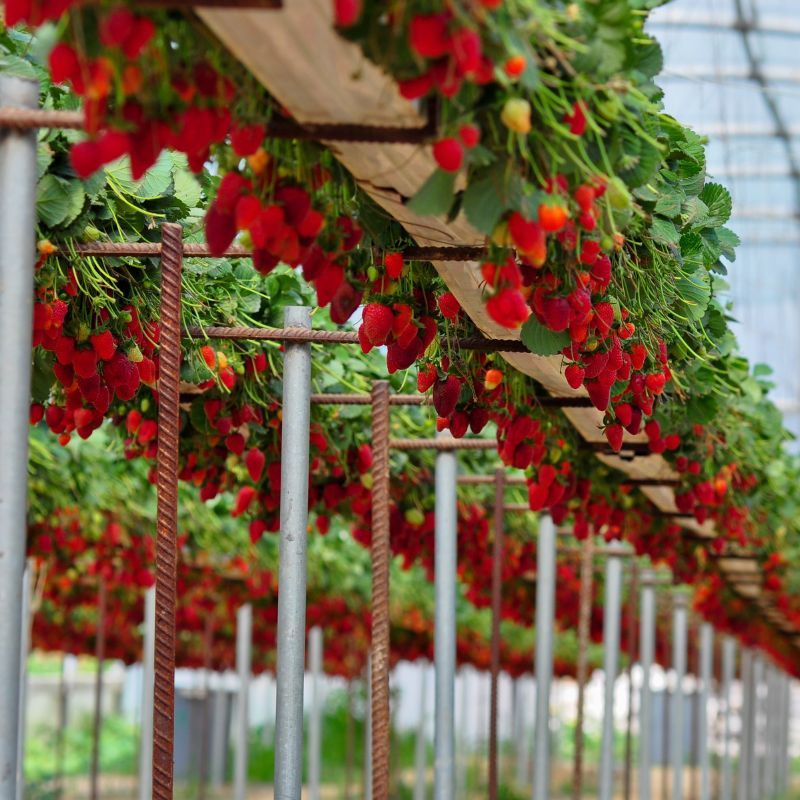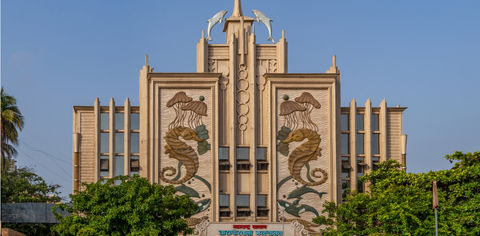
The maximum city, as it is popularly called, Mumbai is home to the world’s second-largest collection of Art Deco buildings after Miami. These buildings include residential apartments, hotels, single-screen movie theatres, and offices. Constructed between 1930 and 1950, these buildings stand as a testament to the making of modern Mumbai, or Bombay, as it was earlier called. By Karan Kaushik
11 Art Deco buildings in Mumbai known for their aesthetic appeal and old-world charm
Metro Cinema, Dhobi Talao
View this post on Instagram
Perhaps the most iconic and best known of the celluloid capital’s movie theatres, Metro has retained its original Art Deco façade. It was here that the first-ever Filmfare Awards were held. The building is an Art Deco Grade II heritage structure that has been there since 1938. It was constructed by Metro-Goldwyn-Mayer (MGM) and later, taken over by the Gupta family during the 1970s. While the interiors have been modified into a multiplex, the heritage building remains the same and stands as a proud reminder of Mumbai’s cinema history.
Eros Cinema, Churchgate
View this post on Instagram
One of the most iconic buildings of Mumbai, the magnificent Eros Cinema at Churchgate is hard to miss. Featuring two cream-coloured wings that meet up in a central block faced with red sandstone, the Art Deco building resembles a wedding cake. Established in 1938 on Backbay Reclamation, Eros has been a legendary movie theatre. An epitome of luxury, the building also houses a grand ballroom.
Regal Cinema, Colaba Causeway
View this post on Instagram
Another historical cinema in the city, Regal stands at the start of the Colaba Causeway as a tribute to the entertainment capital of the country. It was Asia’s first air-conditioned movie theatre and one of the first buildings in Mumbai made entirely of Reinforced Cement Concrete. Designed by Charles Stevens, Regal continues to draw cinema lovers in droves.
New India Assurance Building, Fort
View this post on Instagram
Designed by architectural firm Master, Sarhe and Bhuta, this exemplary building dates to 1936. Constructed with reinforced concrete, the office building features two classical-style figures and impressive sculptural reliefs. Artistic designer N. G. Pansare is credited for designing these gorgeous sculptures. What makes this Art Deco building special is the range of figures that embellish its outer walls. From potters to farmers, the building beautifully reflects the idea of India.
Empress Court, Vile Parle West
View this post on Instagram
Designed by one of the most prolific architects of Mumbai, Gajanan B Mhatre, Empress Court is a lesson for every student of design and architecture. The building’s design was influenced by contemporary automobiles of those times. Constructed between 1936-38, the building still serves as a residence for the fourth generation of the Mehta family, who bought it from a Parsi family in the 1960s. What is the most fascinating feature of the building is the fact that its staircase manages to catch every ray of light.
Taraporewala Aquarium, Marine Drive
View this post on Instagram
A top tourist attraction of Mumbai, the Taraporewala Aquarium is India’s oldest aquarium and introduces visitors to a wide variety of marine species. Also located on Marine Drive, the building boasts incredibly gorgeous bas reliefs. The outer walls feature an imposing sculpture of sea horses and other underwater creatures, perfectly establishing the building’s purpose. The aquarium was inaugurated by India’s first President Dr Rajendra Prasad in 1951. The aquarium is named after Parsi philanthropist DB Taraporewala, who funded its construction.
Keval Mahal, Marine Drive
View this post on Instagram
Keval Mahal is one of the Victorian Gothic and Art Deco Ensembles of Mumbai, which were declared as a UNESCO World Heritage site in 2018. Designed by famous architect PC Dastur, the building was built by Kevalchand Mehta, a Gujarati businessman. Located on Netaji Shubash Chandra Bose Road, along Marine Drive, Keval Mahal’s design is inspired by nautical imagery, which is reflected in its façade and balconies. Its next door Kapur Mahal is another popular Art Deco building, which was built by Kevalchand Mehta’s brother Kapurchand Mehta.
Soona Mahal, Marine Drive
View this post on Instagram
Perhaps the best of all Art Deco buildings of Mumbai, Soona Mahal is the perfect example of what Art Deco is. Constructed in 1937 at the confluence of Marine Drive and Churchgate, Soona Mahal was built by celebrated businessman Kaswaji Fakirji Sidhwa, who owned a thriving country liquor business. The building was designed by Suvernpatki and Vora, while GB Mhatre was the consulting architect. Soona Mahal was named after Soona Bai Kaswaji Sidhwa, the businessman’s beloved wife.
Shiv Shanti Bhuvan, Churchgate
View this post on Instagram
Located right across the Oval Maidan, Shiv Shanti Bhuvan was raised in 1934-35 and overlooks the Bombay University and Bombay High Court. One of the most attractive residential buildings in Mumbai, the yellow and green coloured structure was designed by architects Merwanji Bana and company. One of the many deco buildings across the Oval Maidan, Shiv Shanti Bhuvan was inspired by Egyptian architecture and boasts neatly aligned windows and balconies. Its neighbouring building Rajjab Mahal is another iconic Art Deco structure of Mumbai.
Dhanraj Mahal, Apollo Bunder
View this post on Instagram
Located at Apollo Bunder, Dhanraj Mahal is one of the largest and most impressive Art Deco buildings of Mumbai. The opulent building once served as the residence of the princely Dhanrajgir family of Hyderabad. Referred to as the Grande Dame of Apollo Bunder, the building was designed by renowned architectural firm Gregson, Batley, and King between 1935-38. They are the same company that designed the Bombay Gymkhana and the Breach Candy Hospital.
Madina Manzil, Parel
View this post on Instagram
This yellow and red coloured building features imposing Islamic motifs. The crescent moon and a star are symbolic of Islam. The building speaks volumes about Mumbai’s cosmopolitanism and plurality. The Islamic iconography is impressive. The yellow reeding or semi-cylindrical moulding forms a nice contrast with the red vertical banding.
Related: 6 Furniture Markets In Mumbai That Will Deck Up Your Home On A Budget


